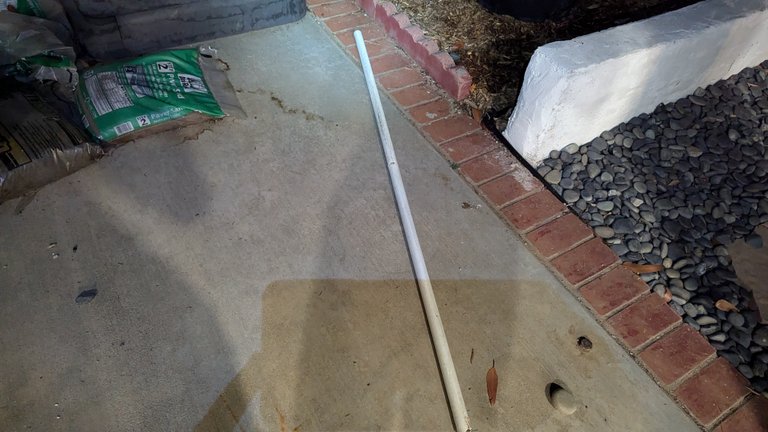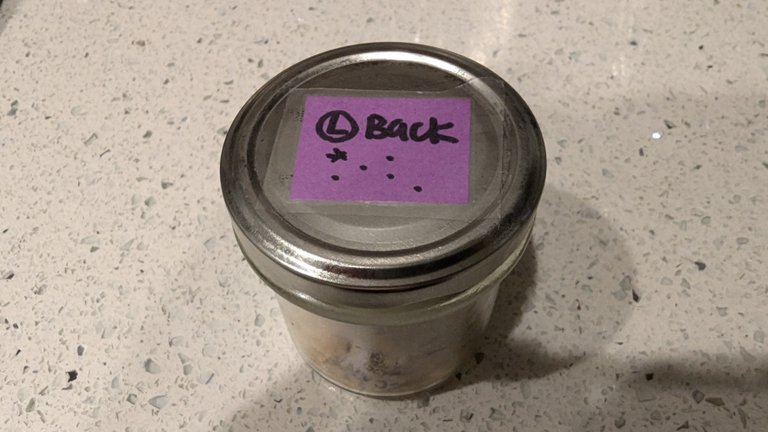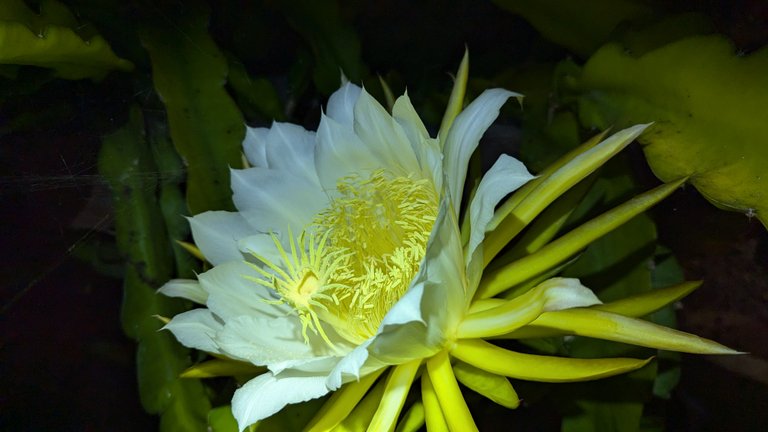
Dragon fruit is by far one of my favorite fruits to eat. Living in Southern California, specifically the San Diego area, I’m lucky enough to have a great climate for growing dragon fruit plants. I’m definitely learning the best way to take care of these plants, and it has been a great learning process. To be honest, if you have good weather, they’re really not that hard to grow, but I’ve definitely made a few mistakes along the way. Tonight, we had a couple more flowers bloom, and I snapped a few pictures of the process. Since these flowers typically won’t get pollinated without a bit of effort, I’ve been manually pollinating them.
Actually, before I get into the process tonight, the first big mistake is not knowing what kind of dragon fruit plant you have. We got a bunch of secondhand dragon fruit plants without knowing the variety. We know we have different varieties, but we don’t know which ones are self-pollinating and which ones are not, nor do we know which ones are the same as each other. Currently, we have 28 separate dragon fruit plants, so we’ve definitely had a lot of flowers that did not set fruit because I think we pollinated some plants with pollen from the same variety. So, if you ever get into growing dragon fruit, make sure to identify the varieties you have and either label them or keep notes on which plant is which.
Anyway, I noticed that we had two flowers blooming tonight, and we’ve definitely set up our pots too close to each other because our backyard is quite small. As a result, there are lots of spider webs. I walk around with my big pole, knocking down the webs as I climb underneath many of the plants. Yes, this pole actually came from my closet. It was used for hanging clothes before we remodeled the closet. Now, it serves as my spider-whacking stick.
Don’t get me wrong, spider webs are great for keeping unwanted insects away. However, if we kept the plants further apart, the spider webs would be more confined to the plants and wouldn’t stretch across the walkways.


The spiders I saw today were a bit smaller than usual. We’ve had an unusually large number of orb-weaver spiders lately, which are quite big and have impressive webs. However, today’s spider was relatively small compared to the others, and there weren’t as many around tonight as there have been recently
So the first thing I do is use a small USB-powered vacuum, probably a keyboard vacuum that I purchased from Amazon, to vacuum up all the pollen from the anthers. I then store the pollen in a couple of labeled containers. Unfortunately, this is as specific as I can be when storing pollen because I don’t know the varieties. If I knew the varieties, I would have separate containers for each one. For now, until we replant, this is the best we can do.



After I finish collecting and storing the pollen, I grab a different container from another pot and head back out to the plants. I do my best to avoid any spider webs I haven’t knocked down. Using a makeup brush or something similar, I gently brush the pollen onto the stigmas. I aim to get the pollen into the center of the flower and onto the fingers of the stigma, as this method has given me the most success with pollination



Hopefully, I can come back in about 6 weeks with an update, saying that both of these plants are producing fruit. If not, maybe some of the other flowers that opened and closed last week will do the trick. Either way, I’ll be able to show at least a bit of the process of picking and eating the fruit.
This post is entered in the @TheSoCalHive’s "Show Us Your California!" weekly Contest

Posted Using InLeo Alpha
Congratulations @bostonadventures! You have completed the following achievement on the Hive blockchain And have been rewarded with New badge(s)
Your next target is to reach 8000 upvotes.
You can view your badges on your board and compare yourself to others in the Ranking
If you no longer want to receive notifications, reply to this comment with the word
STOPCheck out our last posts: